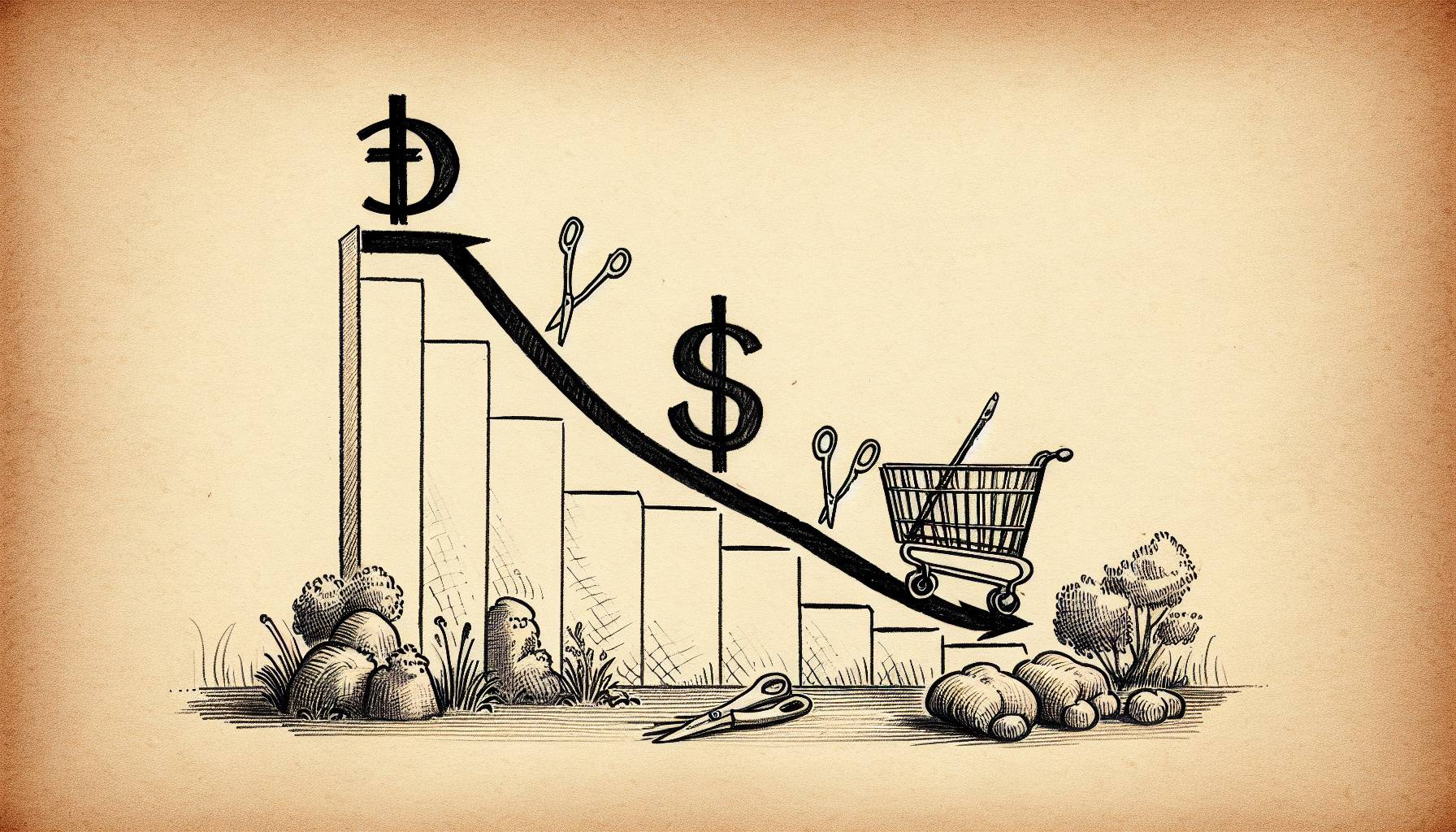The Australian Dollar depreciated on Thursday amid poor retail sales (at only 0.3%) and potential interest rate cuts by the Reserve Bank of Australia (RBA). Economists have expressed concern over slow consumer spending, which comprises over half of Australia’s economy.
The RBA’s potential rate cut is a response to stimulate economic growth amidst weak inflation. Recent employment data have also impacted the Australian Dollar’s performance negatively. While the unemployment rate remained steady, underemployment showed a significant increase, suggesting a hidden weakness in the job market.
Investors are keenly watching the forthcoming RBA meeting for a potential interest rate cut announcement. This has created a cautious environment for the Australian Dollar until more clarity emerges on monetary policy.
Consumer inflation expectations dropped from 4.5% to 4.3% for March, fuelling speculation on potential RBA interventions. The Australian Producer Price Index (PPI) also saw a downturn, trailing behind the forecasted increase.
Despite adverse economic conditions, Australia’s economic recovery shows positive signs.
Australian dollar’s struggle amid economic pressures
The Westpac Leading Index recorded a marginal rise, and estimated unemployment rate showed improvement. On the other hand, global oil market conditions put pressure on the Australian Dollar, underscoring the need to monitor these financial trends closely.
The weakening of Australian Dollar coincided with a pause in the U.S Dollar’s bullish streak. However, the U.S. Dollar maintained strength following an increase in U.S. Treasury yields, despite debates within the Federal Open Market Committee (FOMC) about monetary policy easing.
Increases in living costs have spurred Australian Government to consider linking minimum wage to inflation. Meanwhile, tech giants like Amazon and Google have made significant strides, shaping market dynamics for the digital economy. Conversely, global Small and Medium-sized Enterprises (SMEs) have struggled amidst economic conditions intensified by the COVID-19 pandemic.
In conclusion, the Australian Dollar ended the day weaker against the U.S. Dollar, with the potential for resistance expected at 0.6541 and support likely at 0.6500. This underlines the need for careful fiscal policies that can withstand inflationary pressures.













